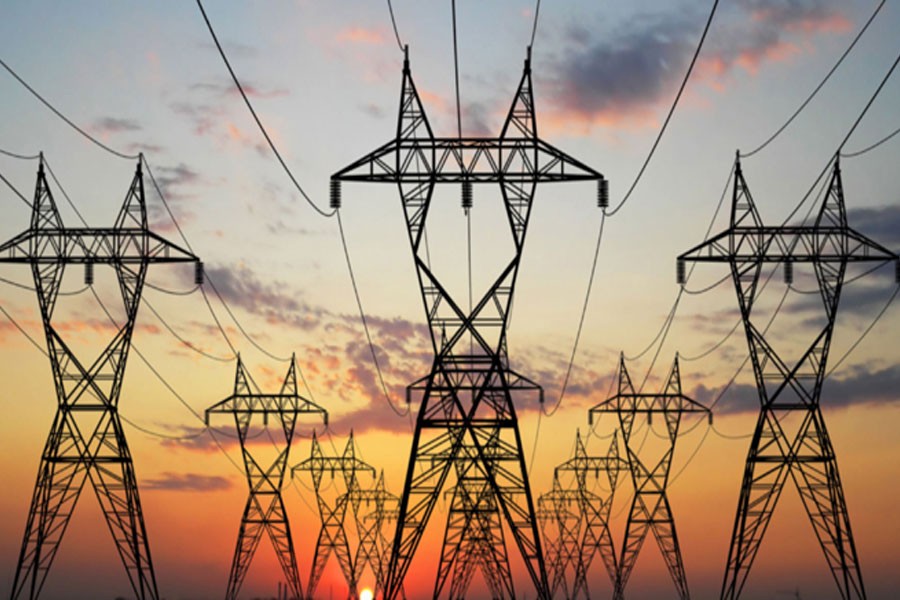Electricity generation across the country has been reduced to around one-third of the overall capacity under a 'rationing' system in view of the sagging demand in winter.
The state-run Bangladesh Power Development Board (BPDB) is keeping the country's overall electricity generation at such a low level due to decline in demand, a senior official told the FE.
Some power plants have been asked to suspend their operations, and some others to do maintenance work, he added.
According to the BPDB statistics, the countrywide electricity generation during the day-time peak hours on Wednesday (December 18) was 6,644 megawatts (MW), just 34.12 per cent of the total installed capacity of 19,467 MW.
However, available electricity at substation end, excluding transmission loss, was only 6,277 MW.
Electricity generation during evening peak hours on Wednesday was 8,479 MW, which was 43.55 per cent of the total installed capacity. Available electricity at substation end, excluding transmission loss, was 7,877 MW.
The BPDB statistics shows that the overall electricity generation during day peak hours one year ago (on December 18, 2018) was 6,301 MW. Electricity generation during evening peak hours on the same day was 7,865 MW.
A total of 17 new power plants, having the total generation capacity of 2,135 MW, came into operation over the past one year since February 2018. But, the country's overall electricity consumption increased marginally.
With the increased electricity generation capacity, the BPDB will have to count a huge amount in capacity payment to the power plant owners.
The capacity payment is a sort of penalty, which the state-run entity is bound to pay to the power plant owners, if the government fails to purchase a certain portion of the electricity readily available with them.
The BPDB is the lone buyer of electricity from the power producers across the country. The agency then sells the electricity to the distribution companies that supply it to the end-users.
According to the Power Division under the Ministry of Power, Energy and Mineral Resources, the country's installed power generation capacity was 4,942 MW in 2009.
The total power generation capacity, including that from captive power plants owned by the private sector as well as renewable energy sources, reached 22,787 MW, said officials.
Over the past one decade, the installed capacity of power generation increased significantly, as a large number of power plants, mostly oil-fired ones, were set up during the period.
The government also allowed private entrepreneurs to go for duty-free import of furnace-oil to run their power plants at a service charge of 9.0 per cent along with import cost as an incentive.
When contacted, energy adviser of the Consumers Association of Bangladesh (CAB) Professor M Shamsul Alam said the BPDB has kept many power plants shut to avoid subvention.
The less the electricity generation would be, the less subsidy the BPDB would require from the government.
Mr Alam was also critical over installing too many power plants, and then keeping many of those idle.
Currently, the electricity generation cost at a gas-fired independent power producer (IPP) plant is below Tk 3.0 per unit (one kilowatt-hour). The cost at a state-run gas-fired power plant is around Tk 3.0 per unit, and at a gas-fired rental power plant around Tk 4.0 per unit.
The electricity generation cost at a government-owned furnace-oil fired power plant is Tk 13-16 per unit, at a rental or quick rental power plant Tk 9.5-13 per unit, and at an IPP plant Tk 9.0-14 per unit.
The electricity generation cost at a state-owned diesel-fired power plant is Tk 15-32 per unit, and at a diesel-fired rental power plant Tk 23-33 per unit.


